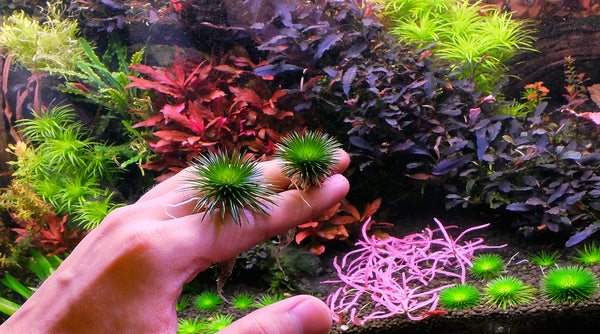MichaelJ
Member
Just discovered this flowering Buce in a very inconspicuous spot in one of my tanks earlier today... It's literally buried under a canopy of leaves from other plants in a low flow area. The plant is not in great shape to say the least (looks like gunk and diatoms on the leaves... looks somewhat better in real life... some could be image artifacts since there is not a whole lot of light to work with for my iPhone LOL). I probably had this plant for 2 years... Given the small amount of light this plant is getting at that spot I am surprised its even surviving and growing - let alone flowering. I continue to be amazed about how little light some of our plants can sustain. Ok, I run my light 12 1/2 hours a day (equatorial day length+) and that obviously helps when the tank is low light overall.
Sorry about the crappy picture... Just thought it would be interesting to post about the adverse conditions.

Cheers,
Michael
Sorry about the crappy picture... Just thought it would be interesting to post about the adverse conditions.
Cheers,
Michael
Last edited:




